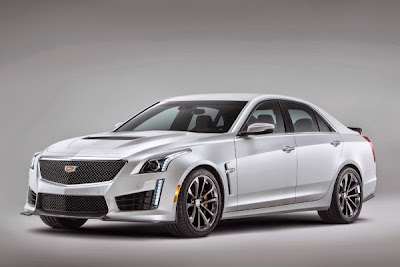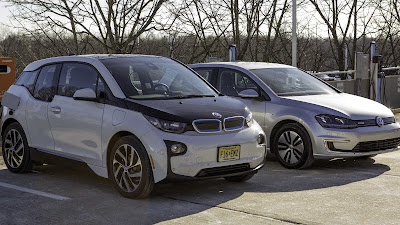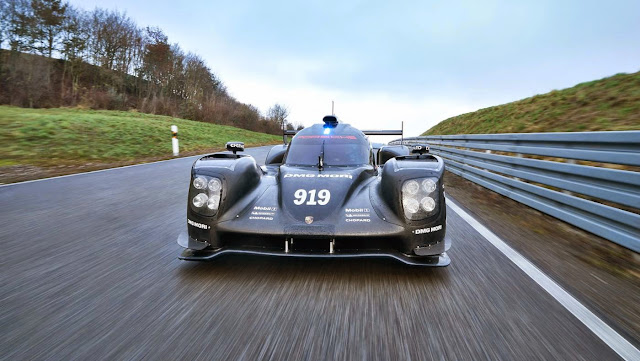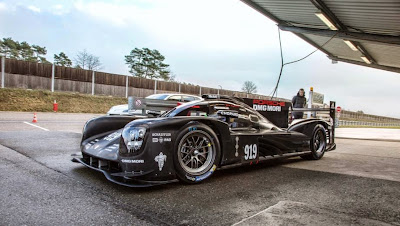Chevrolet today made a significant statement on its commitment to electrification with the introduction of the Bolt EV concept – a vision for an affordable, long-range all-electric vehicle designed to offer more than 200 miles of range starting around $30,000.
“The Bolt EV concept is a game-changing electric vehicle designed for attainability, not exclusivity,” said General Motors CEO Mary Barra. “Chevrolet believes electrification is a pillar of future transportation and needs to be affordable for a wider segment of customers.”
Leveraging the electrification prowess established by Volt and Spark EV, the Bolt EV concept is designed to offer long-range performance in all 50 states and many global markets.
Drivers will be able to select operating modes designed around preferred driving styles such as daily commuting and spirited weekend cruising, for uncompromising electric driving. The modes adjust accelerator pedal mapping, vehicle ride height and suspension tuning. The Bolt EV concept is also designed to support DC fast charging.
“We have made tremendous strides in technologies that make it easier and more affordable for Chevrolet customers to integrate an all-electric vehicle in their daily lives,” said Barra. “The Bolt EV concept demonstrates General Motors’ commitment to electrification and the capabilities of our advanced EV technology.”
The Bolt EV concept also pushes the envelope for crossover aesthetics. Its unique proportion, with practically no front or rear overhang, makes the most of interior space and was designed to create a roomy environment for four that feels expansive. Lightweight materials, including aluminum, magnesium, carbon fiber and even woven mesh, complement the design, while driving down the curb weight to help maximize range. Aero-optimizing features such as vented rear fenders also help contribute to range.
“Form and function have never meshed so well together,” said Ed Welburn, vice president, GM Global Design. “No compromises were made when it came to aesthetics and the elements that contribute to the Bolt EV concept’s range, resulting in a unique proportion that’s sleek, efficient and obviously a Chevrolet.”
The Bolt EV concept’s airy interior ambience is enhanced with bold use of glass all around – as well as a full-length, frosted glass roof with unique, faceted design elements. A high beltline sweeps upward with the D-pillar, culminating in an integrated roof spoiler, for a lean, athletic stance. An advanced nano-composite rear hatch and wraparound rear window give the Bolt EV concept a distinctive appearance and flood the interior with more natural light.
High-intensity, efficient light-emitting diode (LED) headlamp and taillamp elements are housed behind jewel-like faceted lenses in which translucent elements illuminate evenly to create the signature lighting effect.
Inside, the Bolt EV concept has a large feel reinforced by generous headroom and legroom dimensions. A flat, flow-through floor adds to the roominess, while a contemporary, light color scheme adds to the feeling of an open, airy cabin and conveys warmth.
The cabin’s airy, high-tech environment is reinforced with lightweight, slim-architecture seats mounted on exposed aluminum pedestals that create a floating effect. The minimalist center console “floats,” too, suspended from the front seats.
“The Bolt EV concept’s interior is intended as a sanctuary, with materials and technologies that reinforce the airy ambience and help contribute to the vehicle’s overall efficiency,” said Welburn. “It also incorporates technology in a subtler and simpler manner, for a more soothing driving experience – particularly in busy, urban environments.”
Chevrolet’s signature dual-cockpit interior layout incorporates easy-to-use technology designed to make the driving experience easier and more enjoyable. It wraps into the door panels and features a frosted and translucent appearance – and a subtle glow at night.
The concept’s technological intuitiveness can be accessed via a smartphone with the concept Bolt EV Connect app, which is designed to:
Allow a smartphone to perform as the key fob
Allow ride-sharing management, including reservations, vehicle location, digital key and even payment processing via the smartphone
Incorporate the concept automatic park-and-retrieval technology, which enables the driver to exit the vehicle and tell the Bolt EV concept to park itself – and when errands are completed, the Bolt EV concept can be summoned to return to the owner’s location. A large, color 10-inch-diagonal capacitive-touch screen, with interface features, complements the concept Bolt EV Connect app. It even allows the projection of all the application and other smartphone data onto the screen.











.jpeg)
.jpeg)
.jpeg)
.jpeg)
.jpeg)